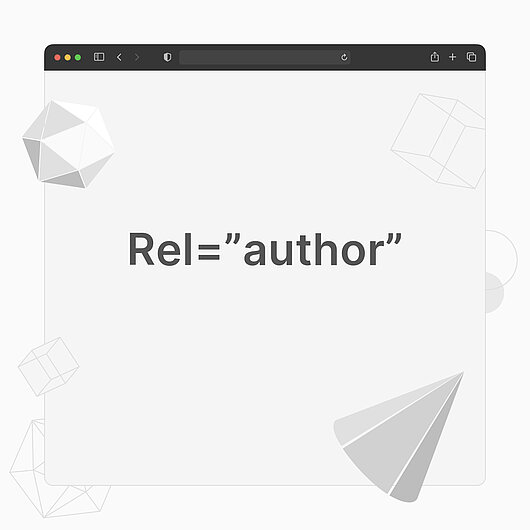- Why Us?
- Features
White Label
For SaaS Platforms & Agencies
Provide our complete analytics suite to your clients, directly within your own interface and with your/their own branding. Discover Analytics-as-a-Service and White Label Analytics. Great benefit, minimal effort.
- Pricing
- White Label
- Success Stories
- Partner
- ResourcesExpand Your Knowledge
What Is the rel=”author” Tag?
The rel=”author” tag can be used on a webpage in order to link certain content to an author page. This is often used automatically by some content management systems, such as Wordpress, that generates an “author archive” for all registered contributors to a website. The author tag can be used inside the HTML link like this:
< a href=”http://your-author-page.com” rel=”author”>Your Author Name</a>
This sends crawlers the message that the referenced link provides further information on the author of the content and/or a list of further materials from the same author. While this does not officially affect algorithms and rankings, it could be of importance in the overall context of internet authority. If one author is constantly referenced as rel=”author” across the web, he/she may become an authority on a particular topic, which could influence the ranking of content produced by him/her. Certainly, for search engines it must also be a sign that the content is relevant if it is connected to an established author, rather than coming from an unknown source.
Some authors use this as a way to protect their intellectual property over the texts they produce or they use it to grow their popularity and authority on the web. A few years ago, it could be a practice to use rel=”author” to link to a Google+ profile, where an author could provide a bio. This sort of result would be highlighted in search results and it was possible to even have a small thumbnail of the Google+ profile picture of the author next to the result snippet. However, at this time, it is no longer the case. Still, using a rel=”author” tag is recommended for those who constantly post articles.


